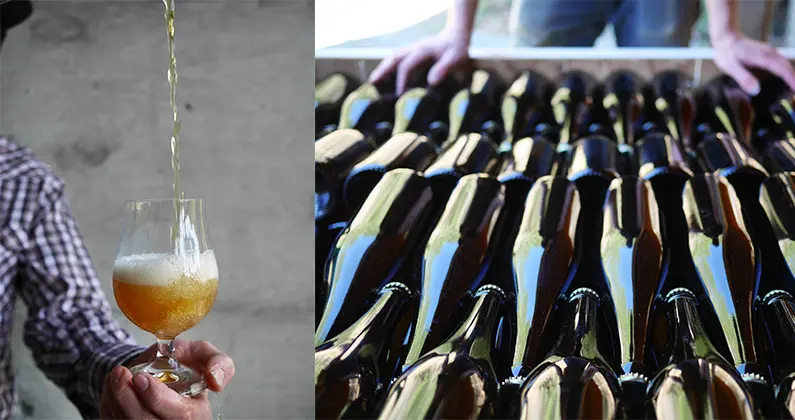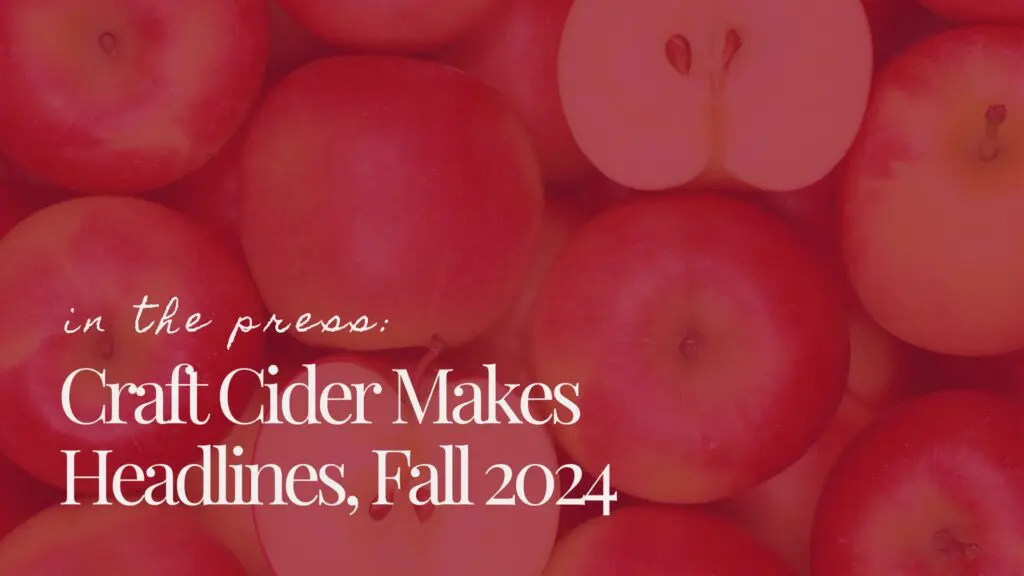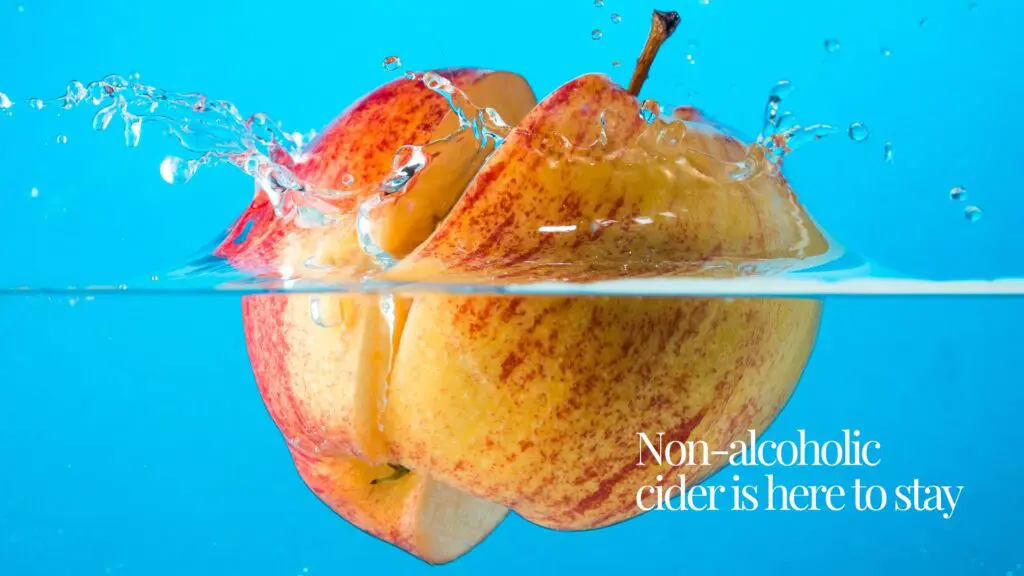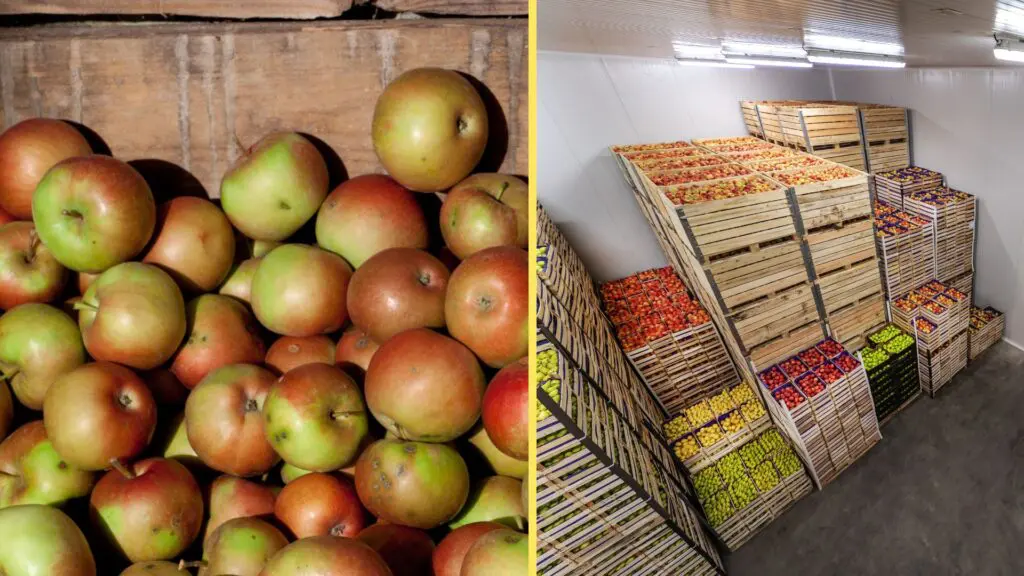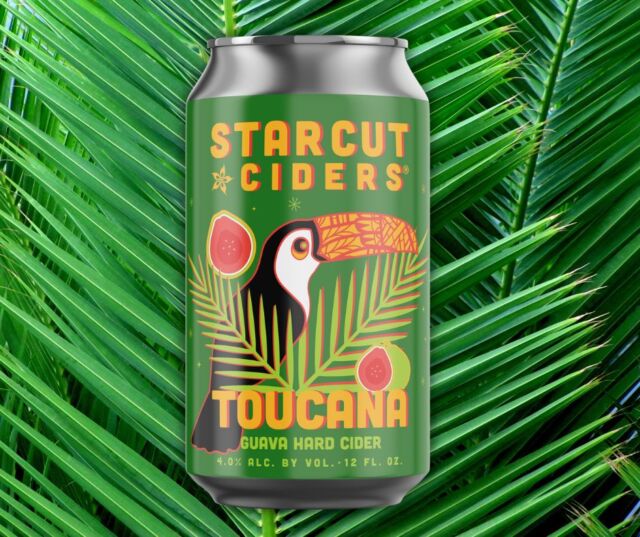Pshh announces the bottle’s opening and as the cider is poured into a glass, a stream of bubbles rushes to the surface. Upon the tongue, the bubbles cause a fizzy, almost prickling sensation. Carbonation — it’s what distinguishes a still cider from a sparkling cider and can be the finishing touch to enhance a well-rounded blend.
Force carbonation is the method for creating most of the sparkling ciders available on the market. A finished still cider is placed in a pressure vessel such as a brite tank where the use of a carbonation stone, CO2, is dissolved into the cider. The result is a sparkling cider that doesn’t require high labor or packaging costs to carbonate, and each bottle tastes the same.
Some cidermakers, though, are drawn to the tradition of natural carbonation methods to create sparkling ciders that can be one of a kind.
To produce a sparkling cider with the méthode champenoise, the method in which traditional Champagne is produced, the cider is fermented to dryness in a tank. A tirage — a blend of yeast, cane sugar or another form of sugar — is added to the base and then bottled. With the addition of sugar, the fermentation restarts. Once it’s finished, the cider ages on the lees (the residual or dead yeast from the fermentation) until it’s time for the natural method of filtering, known as riddling or remuage.
The bottles are placed at a 45-degree angle, which allows the lees to collect in the neck. Once all the lees are consolidated, the neck is placed in a mixture of ice and rock salt for about 45 minutes, which freezes the lees into a solid plug.
Now it’s disgorgement time. When the bottle is opened, the built-up pressure shoots out the lees. Although some of the carbon dioxide escapes, the cider is so thoroughly saturated with carbon dioxide that it remains carbonated. Hard cider, apple juice or even ice cider may be added to top off the bottle and provide sweetness or enhance the flavor profile. Lastly, the bottle is quickly capped, and the result is a clear sparkling cider ready for sale.
Another natural sparkling method is pétillant naturel — also known as methode ancestrale and affectionately called pét-nat. Like the méthode champenoise, the cider begins its primary fermentation in a tank, but before it is finished, it’s bottled and bubbles form there from the continuing fermentation.
Finally, there is the Charmat or “tank” method of carbonating, a technique best known from the production of Italian Prosecco. The Charmat method involves the finished cider being racked off into a tank and sweetened to start a secondary fermentation and resulting bubbles.
Want a natural sparkler in your glass for NYE? Try one of these ciders to ring in the New Year!
Eve’s Cidery 2017 Autumn’s Gold
Dubbed Eve’s most “Old World” cider, this cider is rich and structured with an earthy complexity, the bittersweet Ellis Bitter is featured prominently with Idared and Tydeman apples supporting with fruit in the background. Secondary fermentation in bottle, hand-disgorged.
Eden Specialty Ciders Brut Nature
This méthode champenoise cider made from heirloom and bittersweet apple varieties is elegantly balanced with deep apple character, smooth tannins and well-integrated acidity. Ready to drink as a celebratory aperitif with your favorite cheese.
Santa Cruz Cider Co. 2016 Gravenstein Champenoise
This sparkling cider is made using 100 percent Gravenstein apples and bubbling through méthode champenoise. It is a crisp, light, dry sip with a rich apple aroma and flavor and a finishing touch of small, persistent bubbles.
Twin Island Cider Wolf Moon Pét Nat
Made in the méthode ancestrale tradition, this batch was macerated before pressing, wild fermented slowly through winter and finished fermentation in-bottle. A naturally sparkling, cloudy cider evoking beeswax and burnt sugar. A raw expression of the area’s terroir in a cider.
WildCraft Cider Works Trinity Pome Blend
Three biodynamically cultivated, Willamette Valley-grown fruits are featured here: apple, pear and quince. Fermented separately and aged for 10 to 12 months before blending, the trio offers merits from each fruit: acid and tannin from apple, aromatics and mouthfeel from quince and pear for body with a lick of sweetness.
This article originally ran in the print Vol. 13 of Cidercraft magazine. For the full story and more like it, click here.

